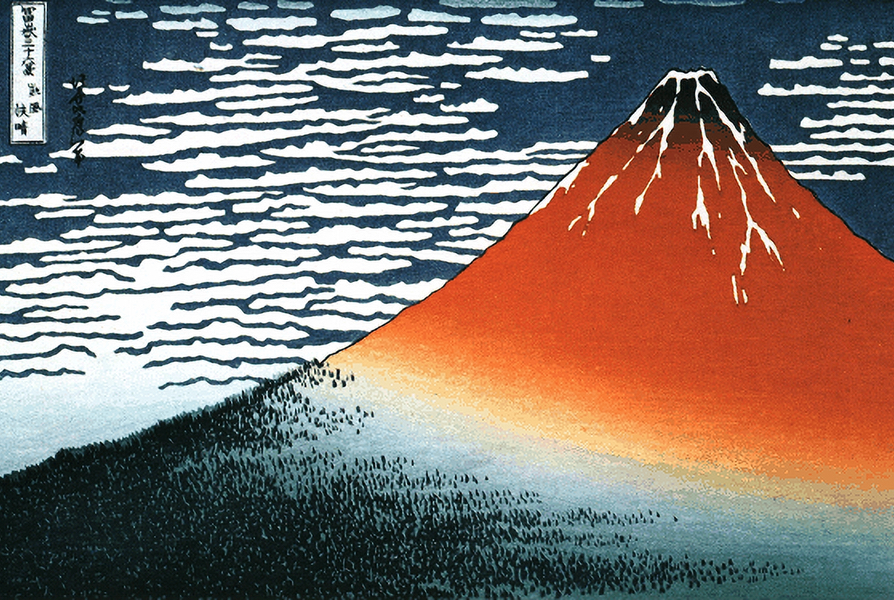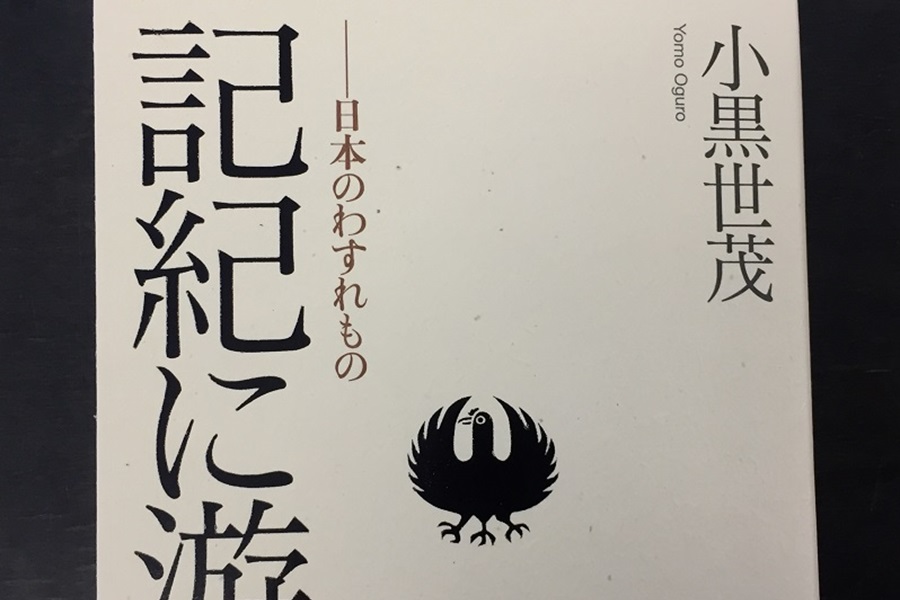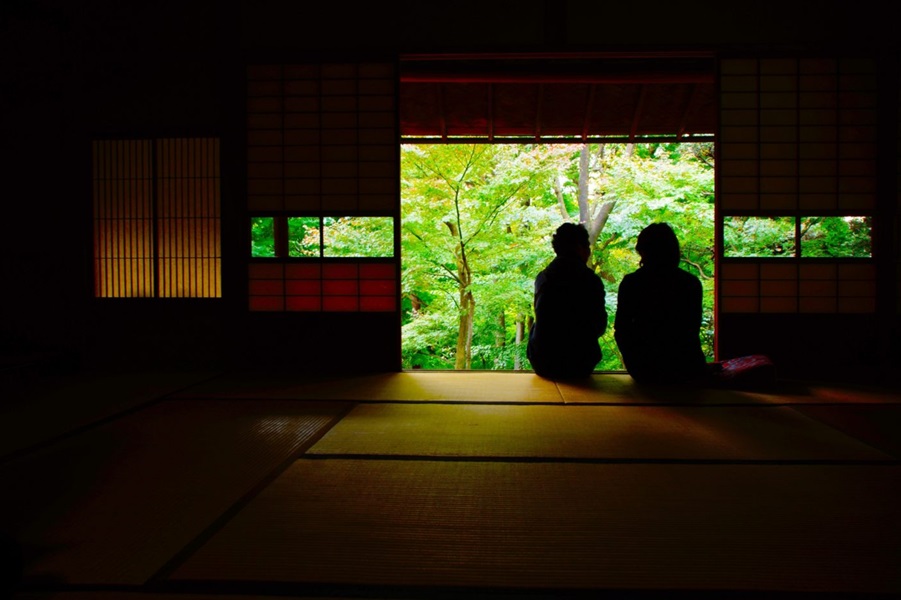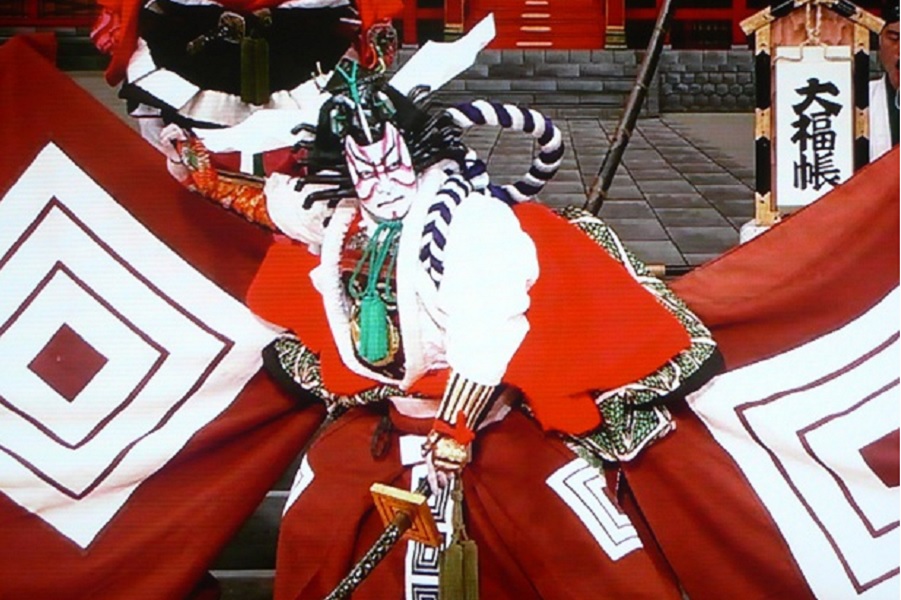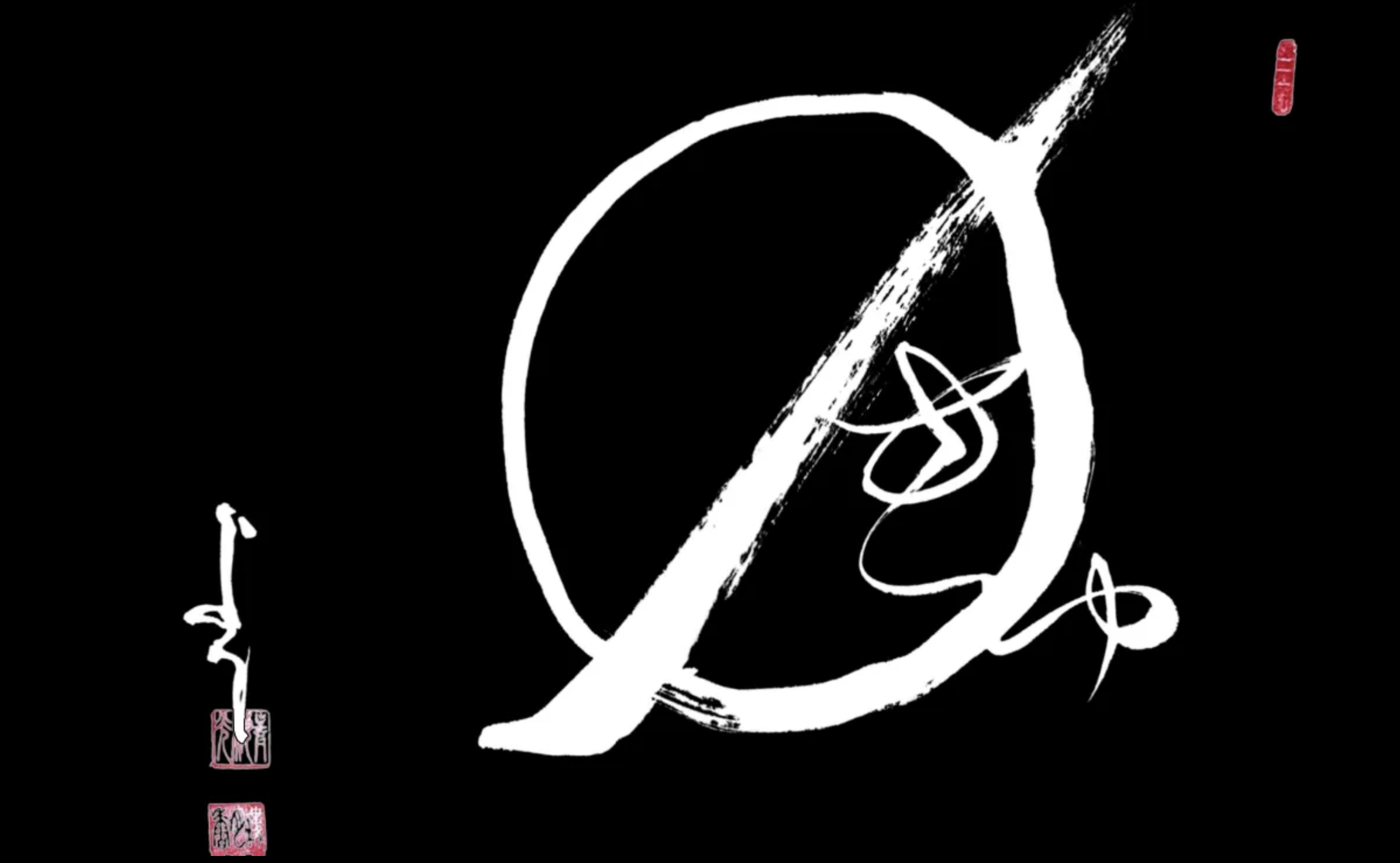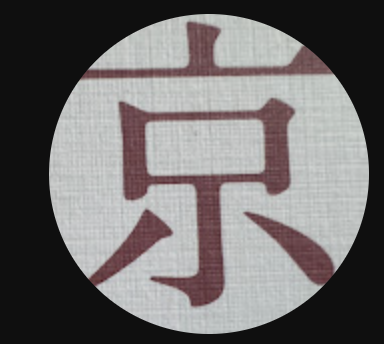
The kimono is a traditional Japanese garment.
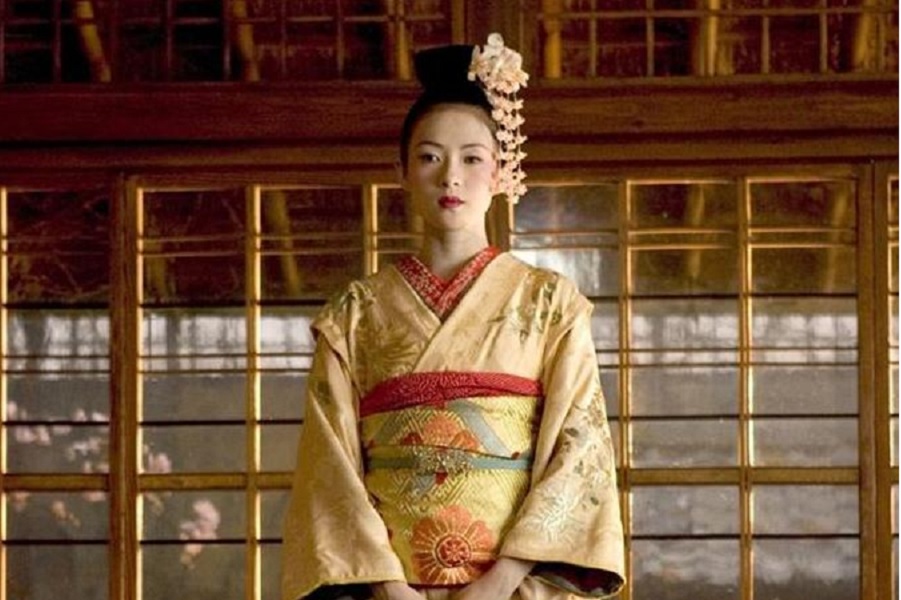
着物は日本の文化
Spotlight on Japan The kimono is a traditional Japanese garment.
Although there are many styles, the kimono is generally described as a straight-lined long robe reaching to the ankle with long, wide sleeves.
There was a time when the kimono was everyday wear. Today, however, the kimono is more typically worn for special occasions and ceremonies.
The traditional kimono is intricate.
Made from a single bolt of fabric, the kimono is fitted to the wearer and sewn by hand.
Ideally made of silk, the kimono is individualized by decoration and patterns, as well as the choice of accessories.
In fact, for women the traditional kimono outfit can involve a dozen or more separate pieces that have very particular ways of being assembled, all carrying symbolism and messages that give information about the woman’s age and marital status.
Men’s kimonos are more simple and subdued, with five or fewer pieces in matted, darker colors.
The early Japanese kimono became popular in the 8th century with significant developments during the Muromachi period (1400s/ 1500s) to make it a single garment closed by an obi (belt).
In the Edo period (1603-1867), the sleeves grew in length and the obi became wider, which stylized the kimono as we recognize today.
Over time, numerous styles of kimono developed for men and women for different occasions. Women’s kimono include the furisodé and tomesodé for formal wear, the hômongi for paying calls, the tsukesagé, and the komon. Men’s kimono include the montsuki hakama for ceremonial occasions and the haori for going out visiting.
There is also the yukata, worn by both men and women as informal dress at home, in ryokan or for attending local festivals.
(文:Asian Hall of Fame : https://www.facebook.com/AsianHallofFame)
ありがとうございます。
着物は日本の文化ですね。
ありがとうを世界中に
Arigato all over the World

